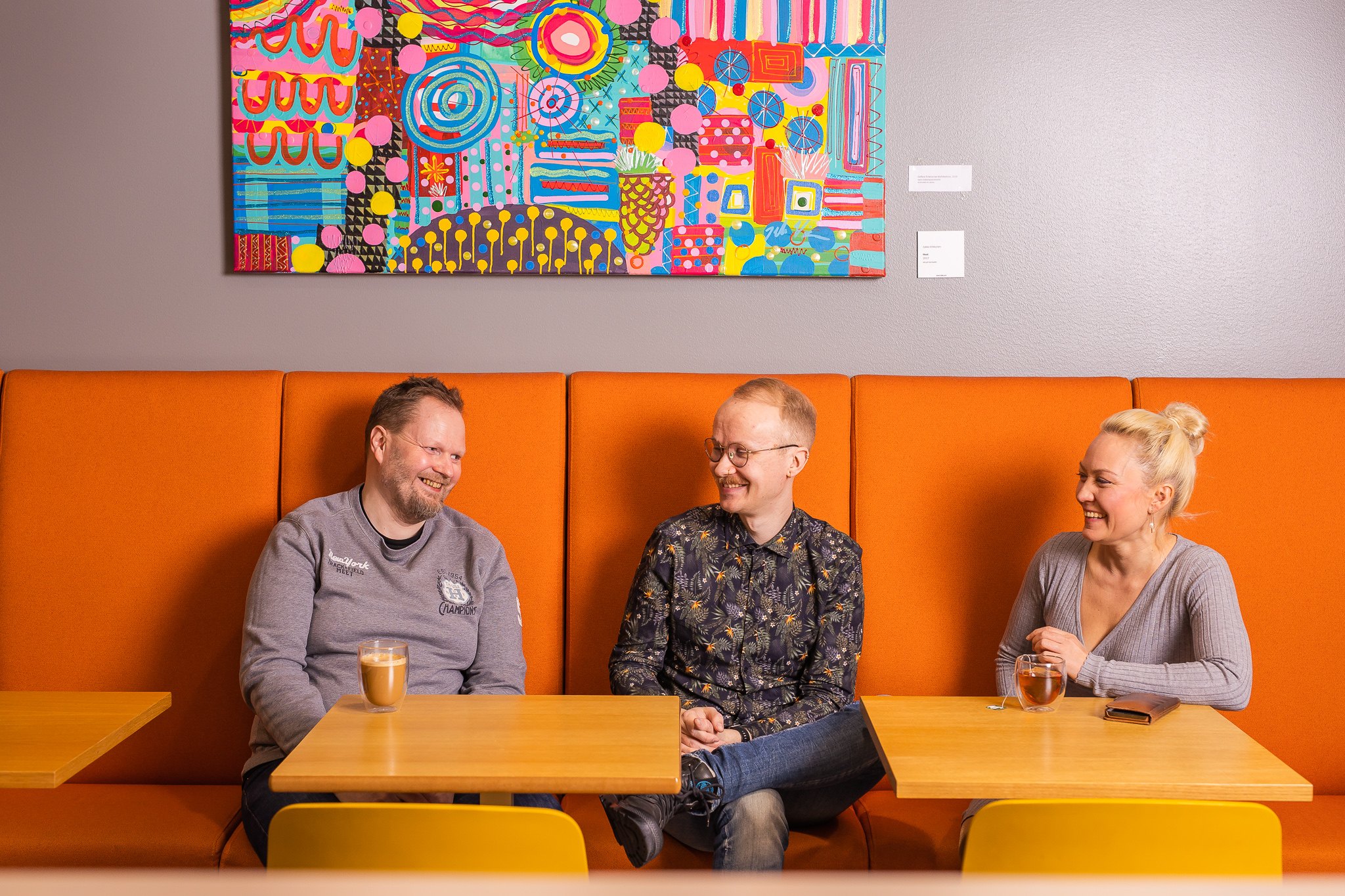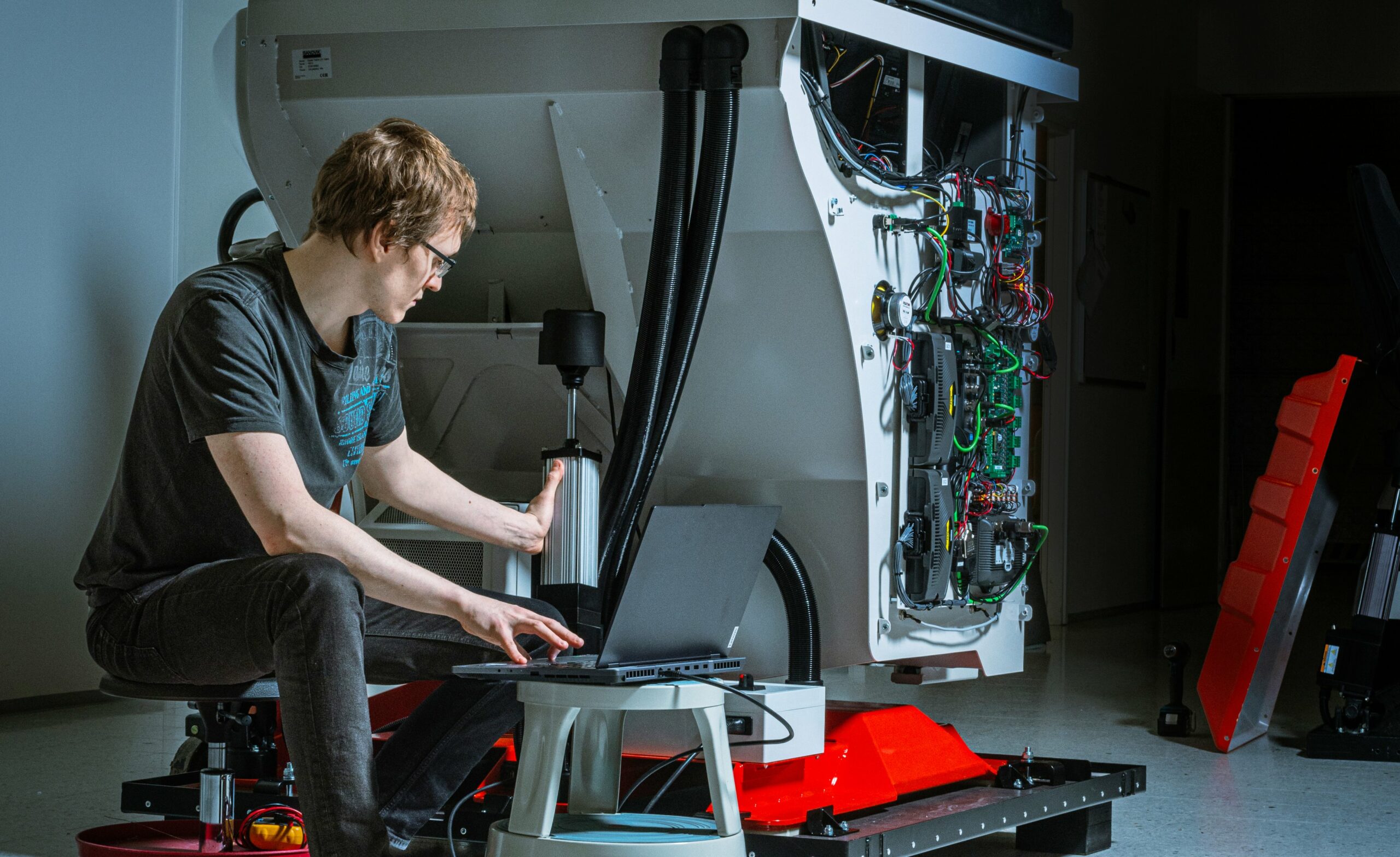“If only we had…”
Many of us demand to see the facts and other supporting evidence before embarking on new business ventures. While this is a virtue, it can also be a weakness – after all, how can anyone present facts about the future, about things that have yet to happen?
Mistakes often upset us but perhaps nothing makes us regret more than actively missed opportunities. To understand the competitive landscape of Finnish industrial players, we conducted a study.
According to the interviewed Finnish industrial leaders, industrial companies invest too little in new ideas and spend too much in dividend payouts. Furthermore, over half (57%) of industrial decision-makers believe that risk aversion in innovation and technology choices poses a threat to Finland’s competitiveness.
These findings come from a study on the competitiveness of Finnish industry, commissioned by Gofore and conducted by research agency Verian during summer and early autumn 2025. The study includes insights from over 30 industrial leaders.
Excessive caution is costly in digitalisation
If you always play it safe, you risk falling behind in the competitive race. This is especially unforgiving in the digital realm; short-sighted cost-saving decisions—such as neglecting foundational investments in data, infrastructure, and capabilities—will eventually come back to haunt you.
For those starting late with digitalisation, it’s often difficult to catch up, as frontrunners benefit not only from technical capabilities but also from years of evolving mindsets, processes, and ways of working.
A concrete example is digital lifecycle solutions for products. The smartest of companies have built these years ago. Digital lifecycle thinking enables data-driven, AI-powered business models, rapid product and service innovation, high-quality delivery to users, and safe, autonomous devices.
Why is digital lifecycle thinking such a telling example of the industrial mindset for the next decade? Because without it, it is quite impossible to keep up with the fierce competition and rapid development: customer expectations and market changes force industrial companies to adapt constantly. Manufacturers of machines, equipment, and vehicles are expected to deliver new features quickly and with high quality.
It’s no longer enough for the physical product to be high quality. Customers now expect the same functionality, standards, and security from industrial interfaces and services as they do from the best consumer solutions.
In digital services, an industrial company’s benchmark may not be another manufacturer, but rather an online clothing retailer, a cinema ticketing service, or a local sports club’s agile mobile app.
Seeking courage to venture into the unknown
Gofore’s Intelligent Industry 25 event annually brings together leaders and influencers in smart industry. This year, Konecranes’ Executive Vice President Claes Erixon challenged the audience to consider why we make the most detailed plans and decisions about new things when, in fact, we know the least about them at that stage.
One of the leaders interviewed for the study summed it up well:
“Now is the time to be bold with investments. Finnish industry has dug itself into trenches and cut costs. Uncertain prospects have led companies to tighten the purse strings, when in fact, now is the time to innovate.”
In an industrial context, this means embedding continuous technological development and strategic foresight into organisational culture, alongside increasingly complex machinery and equipment, with strong service business creating new value. Without systematic innovation and rapid, agile product and service development, companies will not be able to stay in the game in the long run.
When your company celebrates its achievements ten years from now, will the celebratory speeches begin with “Because we dared and had courage back then…” or “If only we had…”
The future of Finnish industry is under constant pressure to change, as demands increase from customers, competitors, owners, and society at large. What are the main factors that form the greatest obstacles to the competitiveness of Finnish industry?
The operating environment for industrial companies is changing faster than ever before. Maintaining competitiveness requires the ability to identify barriers to progress—and the courage to confront them.
Read more insights from Gofore’s research with industrial leaders, which delves into the views of decision-makers in industrial companies regarding the obstacles to competitiveness.



